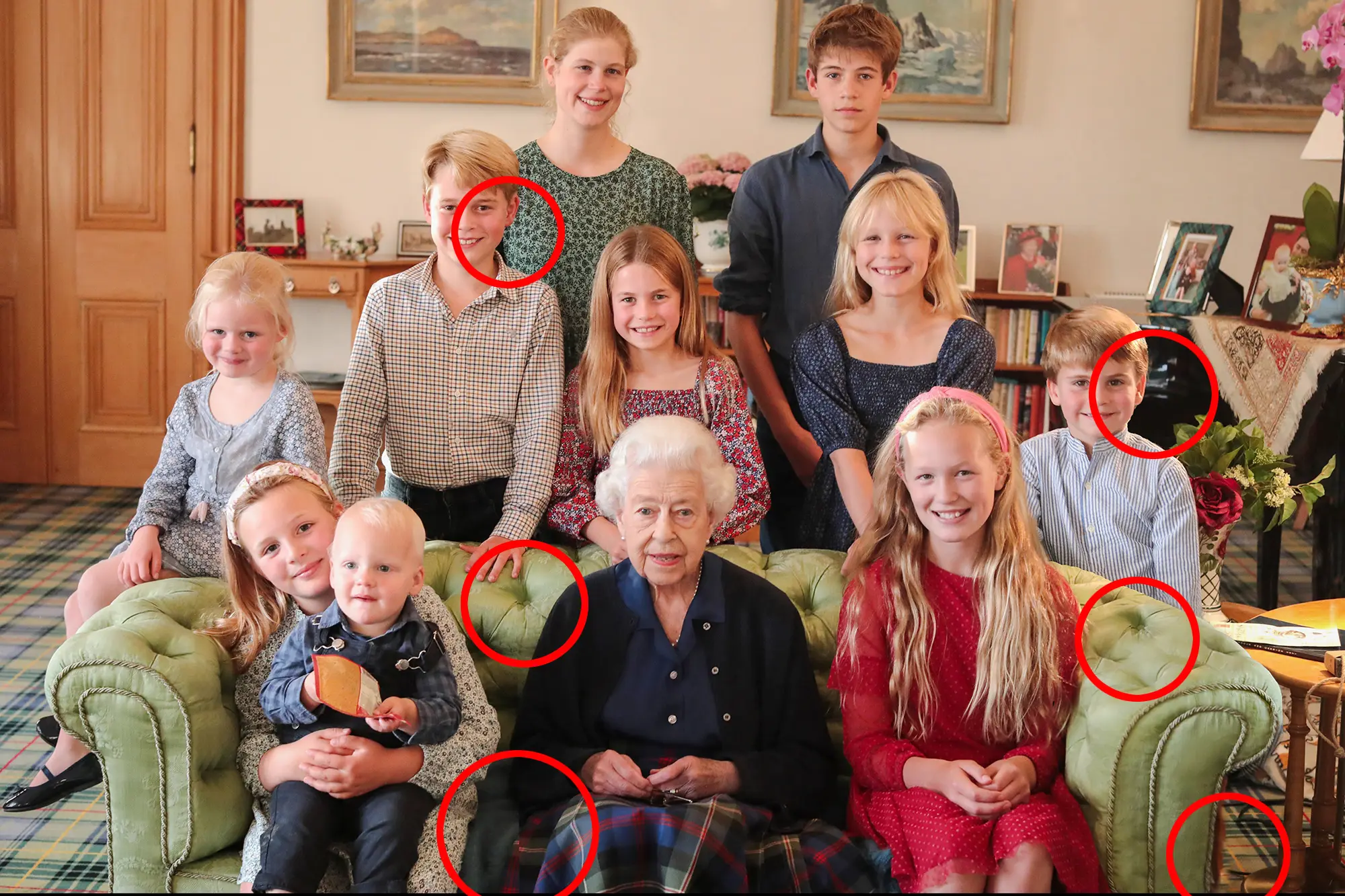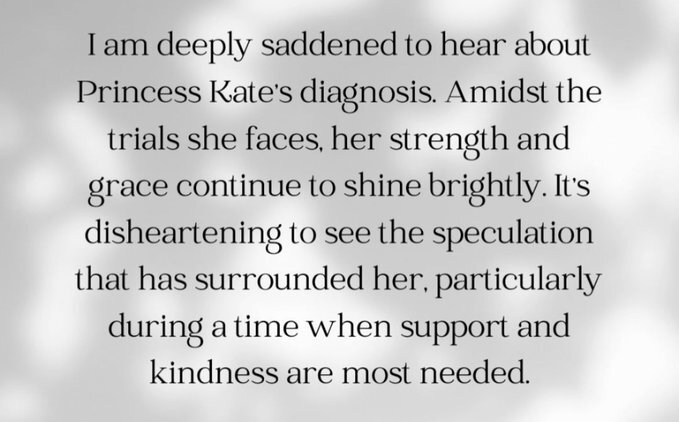The revelation that a photograph taken by Kate Middleton of the late Queen Elizabeth II and her grandchildren was digitally altered has sparked a significant conversation, not just about the ethics of photo manipulation but also about the broader implications such actions have on public trust and the authenticity of public figures’ images.
From a conservative perspective, this incident can be viewed through several lenses, reflecting on the importance of tradition, the integrity of the monarchy, and the media’s role in shaping perceptions.
Conservatives often value tradition and the preservation of historical accuracy.
The monarchy, with its rich history and ceremonial significance, embodies these principles.
Altering a photograph of the late Queen, an enduring symbol of stability and continuity, might be seen as a breach of the respect traditionally accorded to such figures.
It raises questions about how modern practices, like digital photo editing, align with the values of preserving historical accuracy and reverence for institutions that have stood the test of time.
For conservatives, authenticity is a cornerstone of public trust.
In a time when digital technology can easily alter realities, maintaining the authenticity of public records, including photographs of the royal family, becomes paramount.
The alteration of such images could be perceived as a slippery slope toward undermining public trust, not just in the monarchy but in institutions more broadly.
It prompts a reflection on the importance of presenting figures of historical and national significance in a manner that is true to reality.
The Role of the Media
The media’s role in unveiling this alteration also highlights concerns about how media outlets choose to present information and the potential biases that inform these choices.
Conservatives often scrutinize media practices for bias, questioning whether incidents are reported in a manner that fairly represents all sides.
In this case, the scrutiny of the photograph by a photo agency and the subsequent media coverage could be seen as an exercise in accountability, ensuring that public figures adhere to standards of transparency and truthfulness.
However, it also raises questions about the consistency of these standards across different figures and institutions.
Ethical Considerations
The ethical debate surrounding the editing of the photograph touches on broader discussions about the boundaries of artistic expression versus historical documentation.
While some may argue that minor edits for aesthetic purposes are harmless, others contend that any alteration of reality sets a concerning precedent.
The ethics of such alterations rest on the balance between respecting historical truth and embracing the inevitable integration of modern technology into traditional practices.
In conclusion, from a conservative perspective, the editing of the photograph of the late Queen Elizabeth II by Kate Middleton presents a complex interplay of tradition, integrity, public trust, and media responsibility.
It serves as a reminder of the challenges faced by traditional institutions in adapting to the digital age while maintaining the values of authenticity and respect that underpin public confidence.
As society navigates the evolving landscape of digital media, the importance of upholding these timeless values becomes ever more critical.



